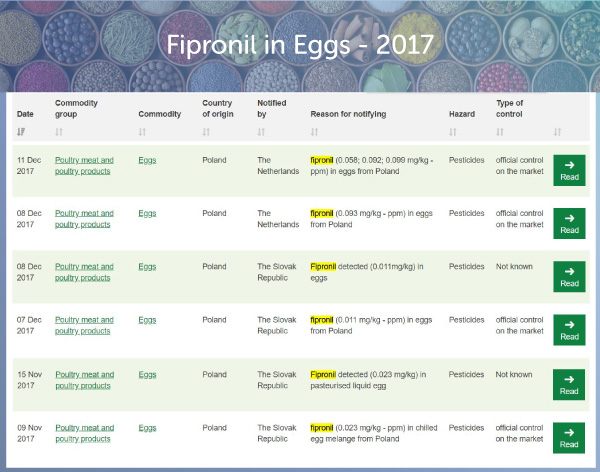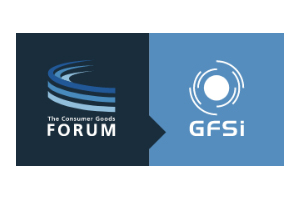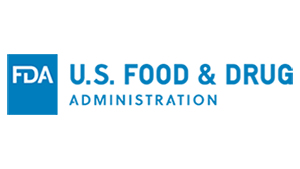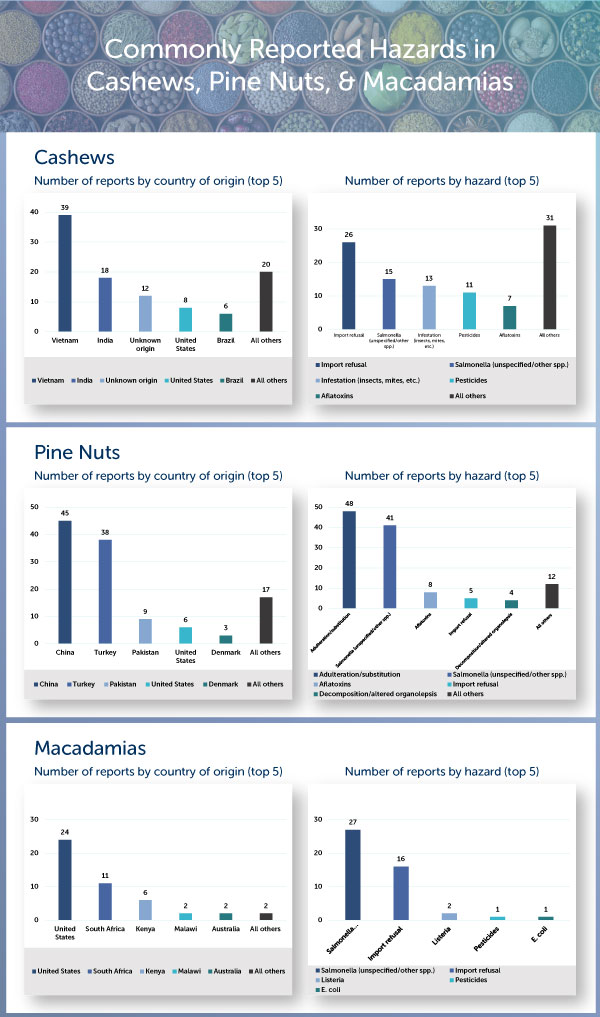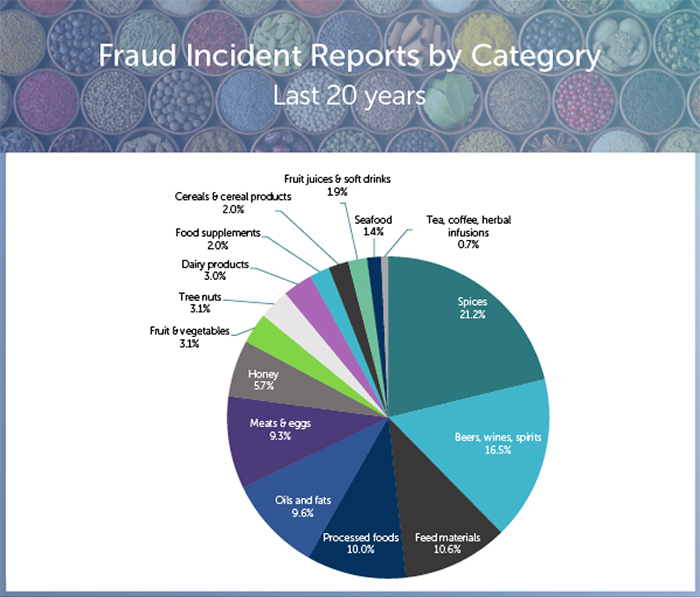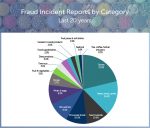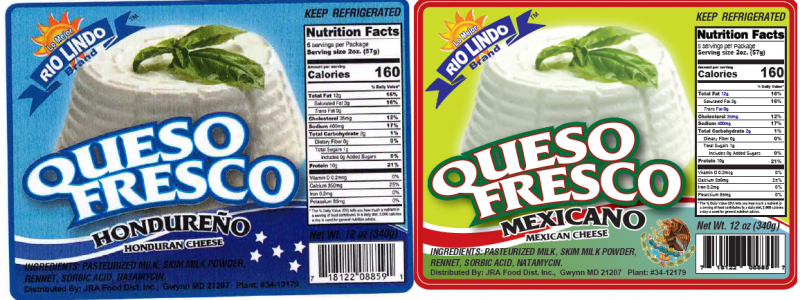Last week’s quiz looked at eggs. This week we move up the food chain to look at chickens, more specifically, chicken meat. It’s probably no surprise that the number one issue reported in chicken meat is Salmonella, just as it normally is with eggs. That’s true whether we are looking at a 15 year chart in HorizonScan or a one-year chart. However, if you’re wondering what the second most commonly reported hazard is for chicken meat the answer will depend on what time span you are considering. This week’s quiz requires three answers.
Hazard Question #6 – Over the past 20 years, what was the second most reported issue in chicken meat? What about over the past 5 years? The past 1 year?
Hint: One is a chemical issue, the other two are microbes. If you had access to HorizonScan you could find all three answer in about 30 seconds by doing a search on chicken meat, entering one of the date ranges in question and then viewing the resulting bar chart. Repeat for each time span and you’ll have all the answers!
FSMA states that your food safety program “must consider known or reasonably foreseeable biological, chemical and physical hazards” in your supply chain. To do that effectively it’s not enough to know that a certain issue posed a safety risk ten or even five years ago: you need to have visibility into what’s happening in the present-day supply chain. Historical data can be very valuable, but it can also be out of date. To manage supply chain risks effectively and efficiently you need to have maximum visibility into the full hazard history of a food substance, right up to the present day. Only HorizonScan provides that level of visibility.
To request updated pricing information or a free demo of HorizonScan, just reply now to this email and we’ll get back to you shortly and answer all your questions.
Kind regards,
The HorizonScan Team at FoodChain ID

Answer to last week’s Quiz – Historically, Salmonella has been the most frequently reported issue in eggs, but from July through November 2017 another issue dominated the industry and triggered massive recalls, especially in Europe. What was it?
The big story in eggs in 2017 was the presence of the insecticide Fipronil, particularly in eggs from Europe. Fipronil is banned in the EU so the industry was taken by surprise when it was first detected and reported by authorities in Belgium. The problem was initially traced back to production facilities in Germany, then the Netherlands, and subsequently to other major egg producing countries in the EU such as Poland and Italy. It seems that many of these facilities were using an insecticide which, unbeknownst to them, contained the illegal substance Fipronil. The ripple effect of this outbreak was global. Not only were millions of eggs recalled but so were many egg-containing products such as mayonnaise and salad dressings. HorizonScan subscribers were able to track this issue day by day, as well as identify which suppliers were at fault. The HorizonScan table below shows a few of the 120+ reports that were issued during this time.
